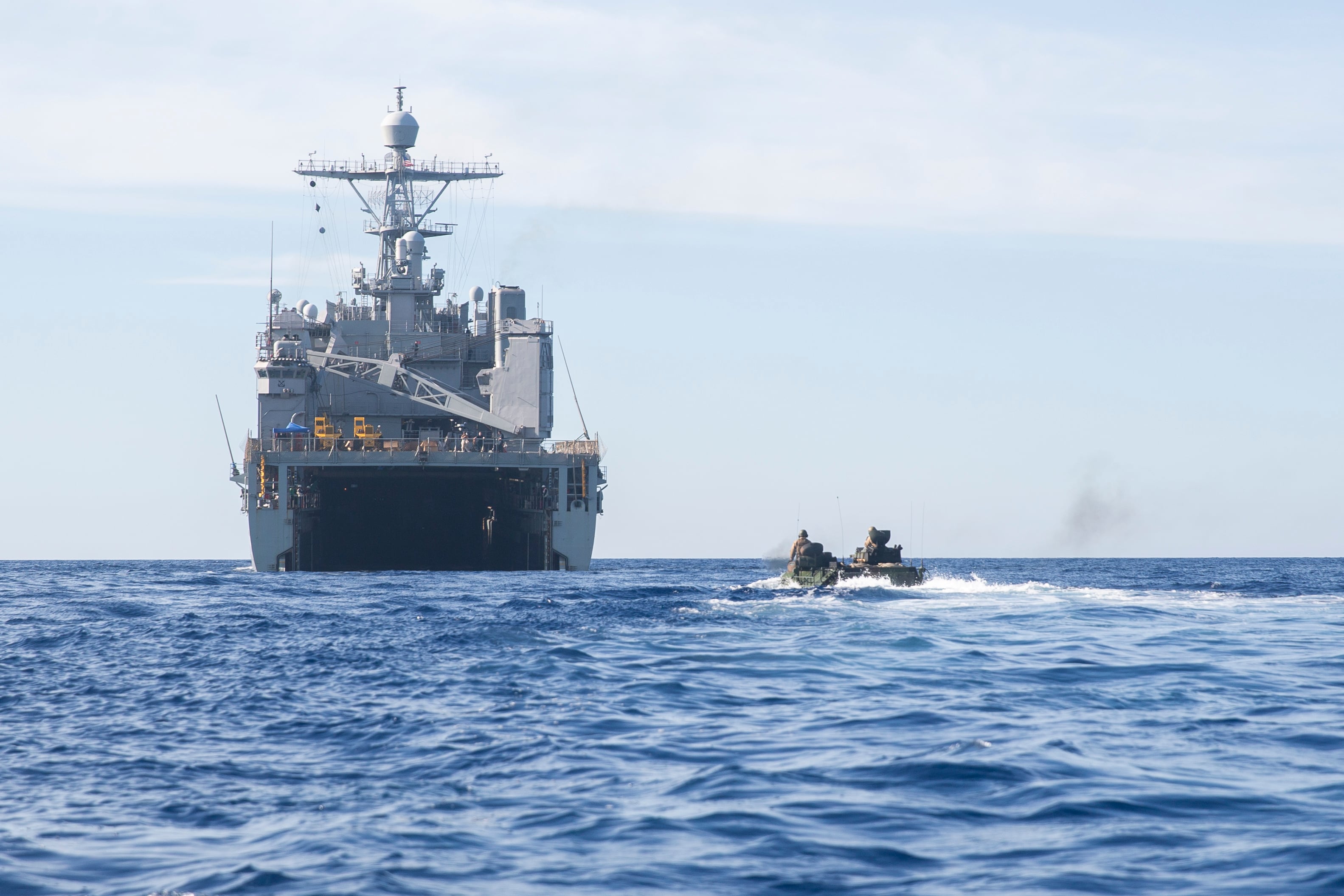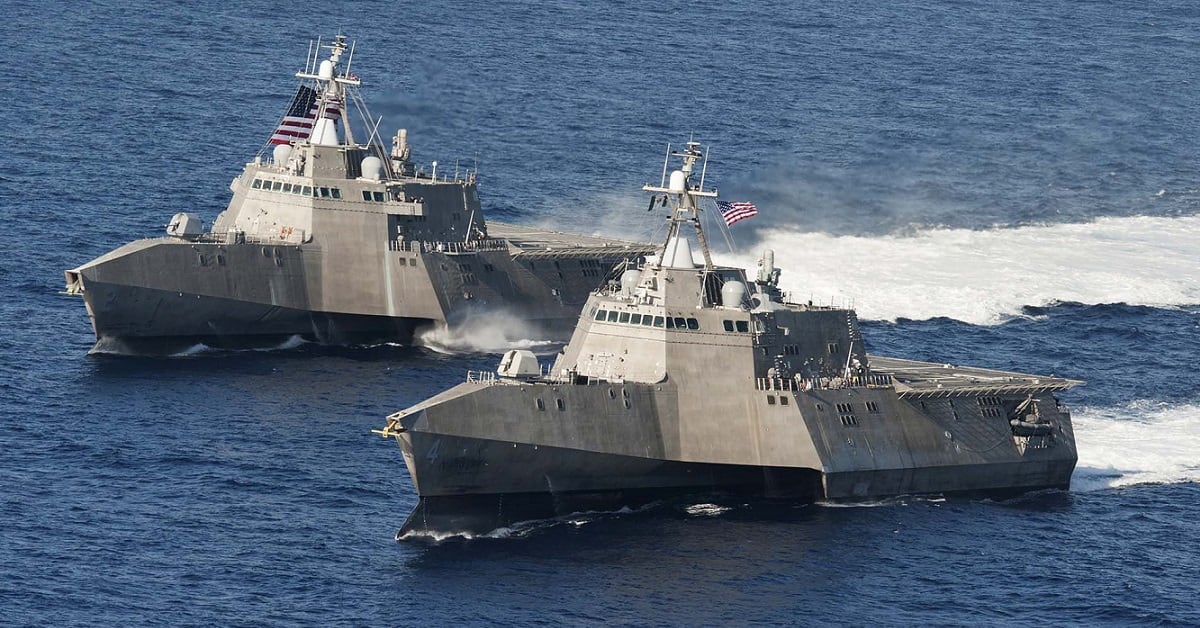ELMER, N.J. — The U.S. Navy has put forward a proposal to decommission the first four littoral combat ships in 2021 as part of a cost-savings measure, according to a memorandum from the White House’s Office of Management and Budget to the Defense Department.
The memo obtained by Defense News outlines plans to decommission the littoral combat ships Freedom, Independence, Fort Worth and Coronado, part of an overall plan to shrink the size of the force to deal with a flat budget. The ships all have between 12 and 17 years of planned hull life remaining.
The memo also outlines plans to decommission three dock landing ships — Whidbey Island, Germantown and Gunston Hall — between eight and 14 years early, as well as accelerating the decommissioning of four cruisers.
In the same document, the Department of Defense outlined plans to slash construction of Arleigh Burke-class destroyers, cutting five out of 12 of the Burkes planned over the five-year Future Years Defense Program.
The memo amounts to a back-and-forth between the DoD and OMB on areas of disagreement inside the Pentagon’s 2021 budget request, which has yet to be finalized. Bloomberg News and Breaking Defense previously reported on aspects of the memo.
The plan, which an administration source told Defense News was driven by the Office of the Secretary of Defense, was not greeted warmly by OMB, which directed the DoD to come back with a plan that would get the Navy to 355 ships as per the original program.
The Pentagon’s plan shrinks the size of the fleet from today’s fleet of 293 ships to 287 ships. The 355-ship goal was also made national policy in the 2018 National Defense Authorization Act.
But the plan to decommission the first four LCS will upset the Navy’s plan to use them as test ships for the still-to-be-fielded mission modules, a key part of the 2016 reorganization of the program prompted by a string of major casualties caused by system failures and operator errors.
The Navy upended the program’s signature modularity, a concept that would have seen crews attached to specific mission modules such as anti-surface warfare, anti-submarine warfare or mine warfare, and could be switched out rapidly pierside depending on the mission. But the reorganization assigned each ship a permanent mission module, with the crews training and testing on the first four LCS.

Decommissioning the ships will send the Navy back to the drawing board on how to get the new modules tested.
Bryan McGrath, a retired destroyer captain and analyst with defense consultancy The Ferrybridge Group, said the plan to reduce the size of the fleet is a sign that the Defense Department isn’t willing to put the resources required toward growing the fleet.
“If what you are reporting is true, this is a sign of the tension between the grand desires for a much larger fleet and the modest resources being applied to the problem,” McGrath said. “There simply is no way to grow the fleet as it is currently architected while maintaining the current fleet at a high state of readiness with the given resources."
McGrath said if 355 is still the goal, the Pentagon has to either dramatically restructure the fleet to switch out large surface combatants such as cruisers and destroyers with smaller, less expensive ships, or it has to change what’s counted as a ship — both moves that have been signaled by the Navy in recent years.
“This is why it’s so hard to grow a Navy,” McGrath said. “You have to decide it’s a national priority, you have to devote a lot of resources and you have to do it over a period of years. None of that has happened.”
David B. Larter was the naval warfare reporter for Defense News.




